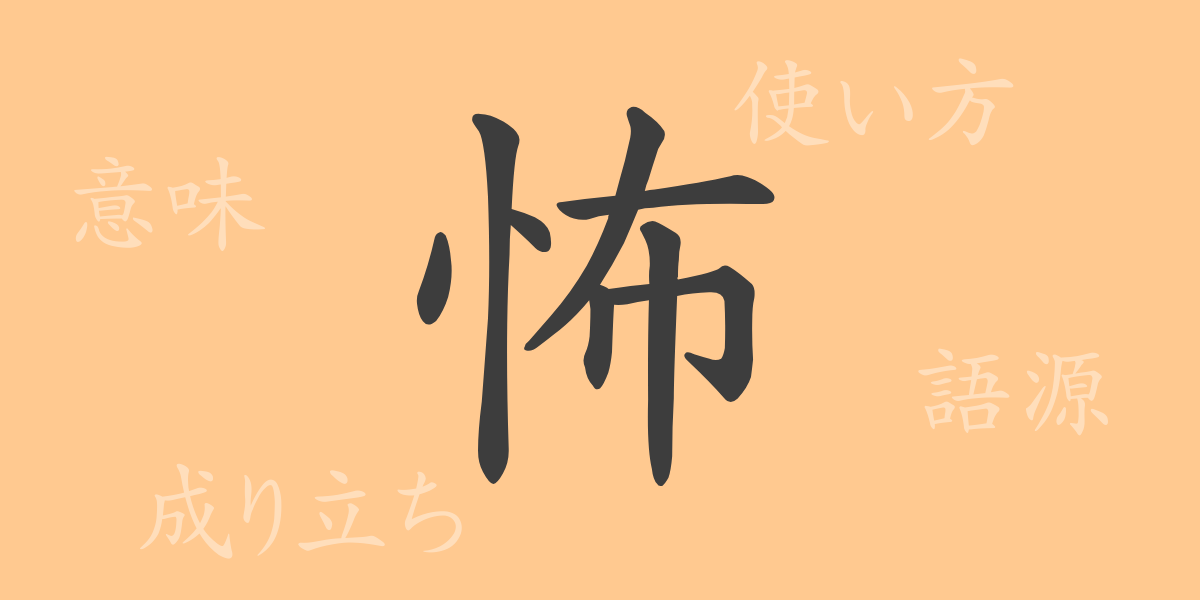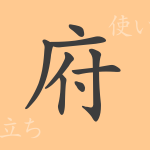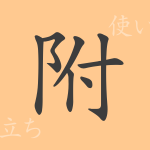Fear has long been recognized as a fundamental human emotion, and the kanji (Chinese character) that represents it, “怖” (fu), carries a deep history and cultural significance. In this article, we delve into the origins, meaning, usage, pronunciation, stroke count, and radical of the commonly used Japanese kanji “怖” (fu). Additionally, we will explore idioms, phrases, and proverbs that incorporate “怖” (fu), uncovering the rich world of expressions it offers.
The Origins of 怖 (fu)
The kanji “怖” (fu) evolved from ancient Chinese pictographs. Originally, it combined the radical for “heart” (心) and the character “甫” (fu), which historically meant “father.” This combination symbolized fear or respect akin to the reverence one might feel towards a father. Over time, “怖” (fu) became established as a character representing feelings of fear and anxiety.
The Meaning and Usage of 怖 (fu)
“怖” (fu) means to fear, to be afraid, or to find something frightening. It is used as an adjective or verb to express emotions, as well as to describe psychological states. For example, it is commonly used in phrases like “怖がる子供” (kowagaru kodomo – a frightened child) or “怖い話” (kowai hanashi – a scary story) to directly convey the sense of fear.
Pronunciation, Stroke Count, and Radical of 怖 (fu)
“怖” (fu) is a widely used kanji in the Japanese language.
- Pronunciation: In on’yomi (Chinese reading), it is read as “フ” (fu). In kun’yomi (Japanese reading), it is read as “こわ.い” (kowai), “こわ.がる” (kowagaru), “お.じる” (ojiru), and “おそ.れる” (osoreru).
- Stroke Count: “怖” (fu) has a total of 9 strokes.
- Radical: The radical of “怖” (fu) is “心” (kokoro) or “忄” (kokoro), placing it in the category of characters related to the heart.
Idioms, Phrases, and Proverbs Using 怖 (fu) and Their Meanings
There are numerous idioms, phrases, and proverbs in Japanese that include “怖” (fu). For instance, “怖気づく” (ojikezuku) means to become timid or lose courage, and “怖がり” (kowagari) refers to a person who is easily frightened. The phrase “顔が怖い” (kao ga kowai) describes someone with a stern or intimidating appearance. In proverbs, “怖いもの見たさ” (kowai mono mitasa) expresses the curiosity to see something frightening despite its fearfulness.
Summary of 怖 (fu)
The kanji “怖” (fu) is indispensable in expressing our emotions. Its origins, meanings, and usage from ancient times to the present are deeply intertwined with the cultural background of the Japanese language. From everyday conversations to literary works, “怖” (fu) plays a crucial role in conveying and sharing fear. By understanding the rich expressive power of this single character, one can appreciate the profound depth of language even more.

























